Are Palms Toxic to Cats? (Find Out the Truth)
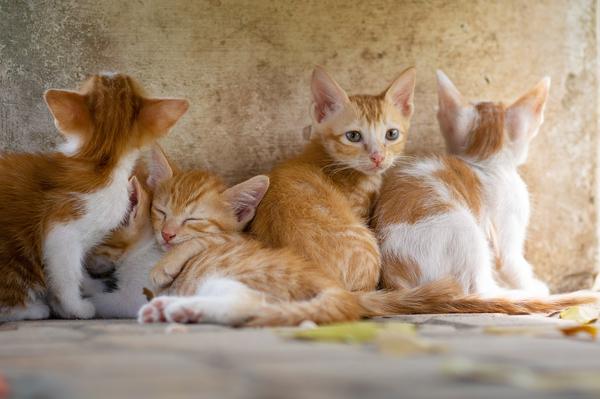
I recently had a worrisome encounter that left me wondering if palms are toxic to cats.
If you're in the same boat, your curiosity and concern are completely valid. 😊
Before I delve into this topic, let's explore the potential hazards that palms might pose for our feline friends.
Stick around - we'll soon find out more together.
Are Palm Trees Not Poisonous to Cats?
Most palm trees are safe for cats, allowing them to explore and relax under the tropical leaves without harm. However, the Sago Palm is highly toxic to cats, so it should be kept out of their reach. Ensure a worry-free palm tree experience for your feline friend.
Do your cats have a knack for exploring?
If so, you may be wondering whether palms pose any risks to them.
Well, here's the straightforward scoop:
Most palm trees are safe for cats, my friend. They won't cause any harm or danger, so feel free to let your feline friend enjoy lounging under those tropical leaves without worry.
But wait just a moment...
You might be thinking, what about the Sago Palm?
Unfortunately, it's a whole different story.
This particular palm is highly toxic to cats. So if you happen to have one of these beauties at home, make sure to keep it well out of reach from your little furball. Safety first, after all!
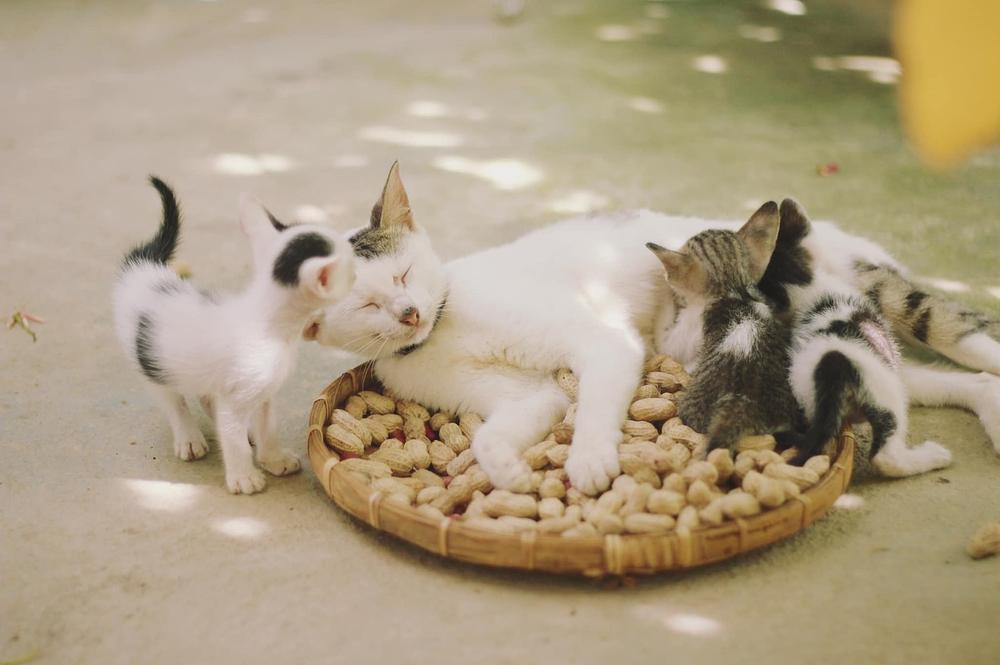
Throughout history, palms have been treasured and cultivated.
And guess what?
Cats seem to adore them too. These curious creatures happily roam around palm trees without any issue.
Even those luscious green leaves are harmless.
You can relax knowing that your cat can explore and even take a bite (although I'm not quite sure why they'd want to).
Now, the ASPCA has a lot to say regarding plant safety for cats.
However, when it comes to palms, they're pretty relaxed.
Just be cautious and ensure there are no sneaky Sago Palms hanging around.
Let your furry companion indulge in some palm tree bliss without any worries on your mind. 😺
Main points I'll expand upon further down this article:
- Certain palm-like plants, like Dracaenas and Yuccas, contain toxins harmful to cats.
- Palms with spikes and thorns can cause injuries if touched.
- The Sago Palm is highly toxic to both humans and animals, especially its seeds.
- Similar poisoning effects can occur with Dracaenas due to saponin.
- Yuccas pose toxicity risks due to the steroidal substance saponin.
- Popular garden palms, like Phoenix and Washingtonia, can harm cats through spiky leaves, falling leaves, or heavy fruit.
- Cats should avoid ingesting the toxic fruit of Caryotas (Fishtail palm) to prevent skin irritation and abdominal distress.
- Other toxic plants for cats include Dracaenas, azalea leaves, daffodil bulbs, dieffenbachia, tulip plants, Kalanchoe, lilies, oleander, and cyclamen.
- It is essential to select cat-safe plants to ensure the well-being and safety of cats in a household.
- Fake palms are a non-toxic and safe alternative for cats, but some houseplants, like Dieffenbachia, Philodendrons, and Monstera Deliciosa, can produce toxins in their sap that can cause irritation and swelling if ingested or touched.
And just when you thought palms were entirely safe for your feline friend, there are a few exceptions to be aware of!
Let me fill you in on the potential risks and hazards associated with certain garden palms...
Popular Garden Palms That Are Hazardous to Cats
Beware of toxic palms in your garden
You wouldn't think cats and palm trees have anything in common, but some types of garden palms can actually be harmful to your feline friends. Yes, those innocent-looking plants can pose a risk.
Sago Palm: A toxic threat
Let's talk about the Sago Palm.
This beautiful plant may seem harmless, but don't be fooled.
Every part of it is poisonous for both humans and cats, especially the seeds. So you need to keep an eye on your curious cats who love to explore and taste everything.
And there's more...
Dracaenas and Yuccas: No touchy.
Dracaenas and Yuccas may sound fancy, but they are actually palm-like plants that contain harmful toxins for cats.
Dracaenas have something called saponin, and Yuccas have their own toxic compound known as steroidal saponin.
If your cat ingests these substances, it can lead to serious health issues. So, ensure to keep them away from these plants with spikes and thorns!
Phoenix and Washingtonia: Watch out for spiky leaves
Lastly, we have the popular garden palms – Phoenix and Washingtonia. They might look harmless, but you need to be cautious of those sharp and pointy leaves...
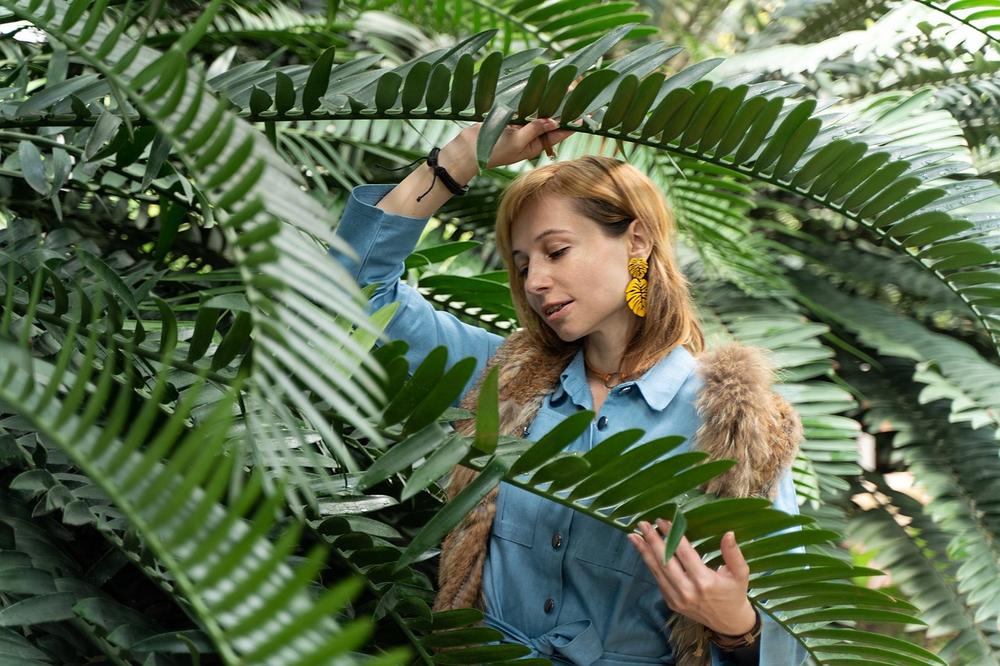
Cats love to climb, jump, and play in the garden, so these spiky leaves can cause injuries.
Also, be mindful of falling leaves or heavy fruits.
Safety first when planning your dream cat-friendly garden – avoid these toxic palms and choose cat-safe plants instead.
Your furry friends' well-being should always be a top priority!
And it gets worse...
Not only can ingesting certain garden palms be harmful to cats, but some can actually be fatal.
In the next section, we'll dive deeper into the dangers of the Sago Palm and why it poses such a significant risk to feline health.
Stay tuned to learn more about this toxic plant and its potential devastating consequences for your furry friends:
Symptoms of Sago Palm Poisoning?
Ingesting any part of the Sago Palm can lead to severe symptoms in cats, especially its highly toxic seeds.
And let me tell you, these symptoms are no joke. They include bloody vomiting and diarrhea, bleeding disorders, liver failure, and even death.
Yeah, it's pretty scary stuff.
The seeds contain a neurotoxin and carcinogen, which means that immediate treatment from a vet is crucial if your pet ingests this toxic plant.
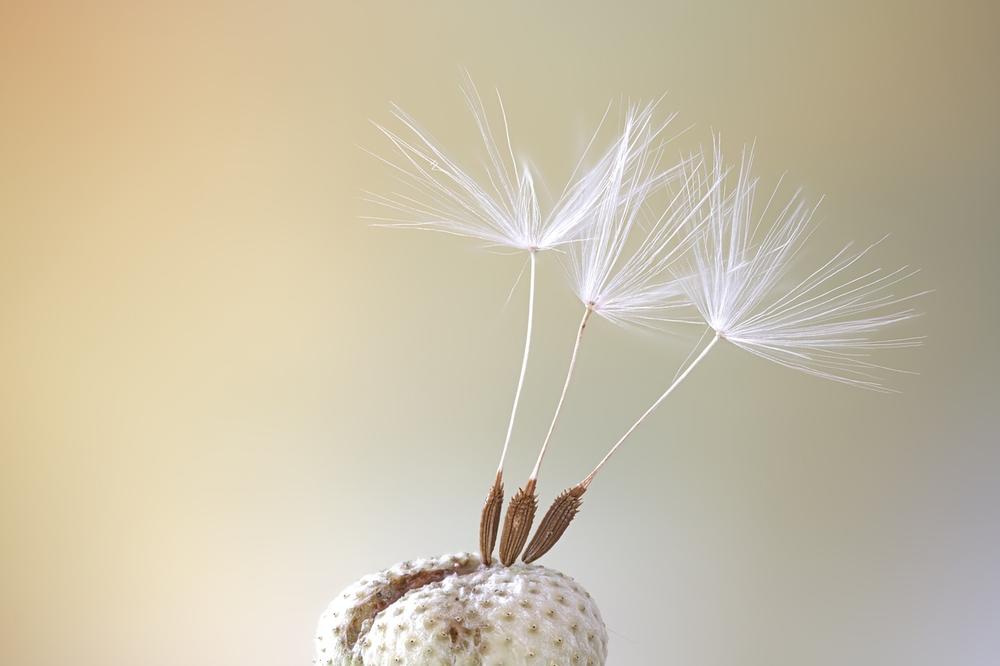
I mean, don't waste any time here.
Now, I gotta be real with you - the survival rate, even with veterinary treatment, is only 50 percent. So yeah, things can get pretty serious.
Severe cases can result in a drop in blood pressure, heart arrhythmias, coma, and fatal consequences. 😱
It’s not something you want your precious feline friend to go through, believe me.
On the other hand, consuming tulip bulbs is unlikely to be fatal in cats unless eaten in large quantities. But hey, just because one thing isn't as dangerous doesn't mean we should overlook another potential hazard.
So yeah, it should be noted that ingesting the Sago Palm poses a significant risk to your furry pal’s health.
Are Fake Palms Toxic to Cats?
Good news!
Artificial palms are completely non-toxic to cats, which makes them a smart choice for cat owners looking to add some greenery in their homes.
But let’s not forget about the natural palms that are also safe for our feline friends. Here’s a list of palms that you can confidently bring into your home without worrying about toxic reactions:
- Ponytail Palm - This palm is not only safe for cats but also great at attracting their playful energy.
- Parlor Palm - A low-maintenance and pet-friendly option that adds a touch of elegance to any room.
- Lady Palm - This beautiful palm will thrive indoors while keeping your furry friend out of harm's way.
- Areca Palm - A popular choice that brings a tropical vibe to your space, and cats won't be bothered by it.
Remember to keep an eye out for other toxic houseplants such as Dieffenbachia and Philodendrons.
And don't forget to wipe down your artificial palms regularly to keep them looking fresh and dust-free.
Now, you might be wondering how to properly care for these cat-safe palm options and provide the optimal growing conditions.
And it gets better - we'll delve into the specific care requirements, lighting conditions, and soil considerations needed for these palms to thrive indoors...
Catsafe Care Tips for the Areca Palm
Cats and plants can peacefully coexist in your home, especially if you choose the Areca palm.
Including some greenery to your living space is a great choice for cat owners.
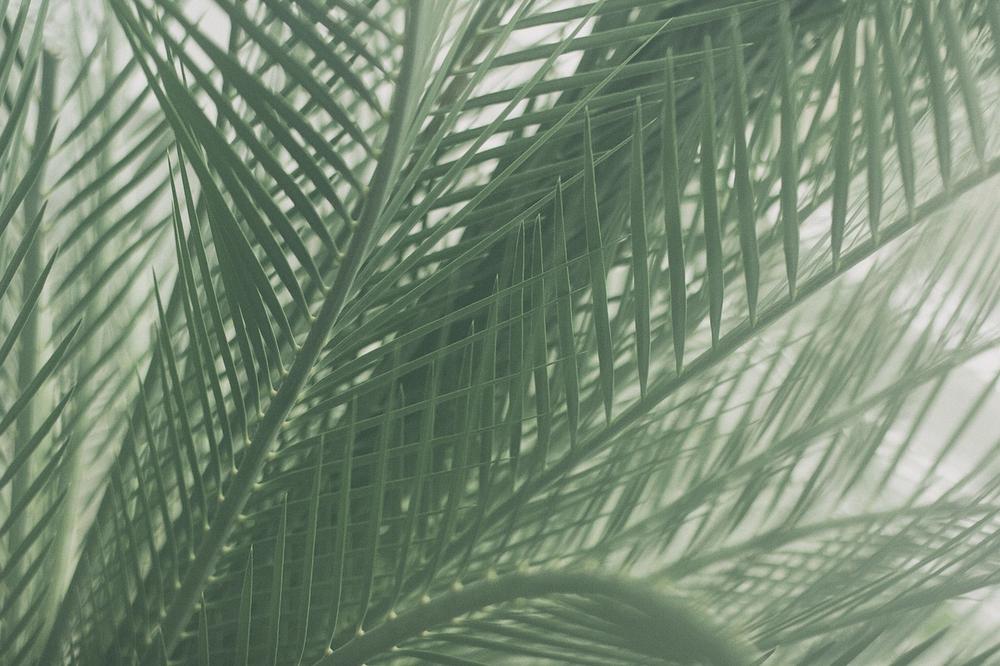
However, like any other plant, taking care of the Areca palm is important.
Here are some tips to keep your catsafe Areca palm healthy:
- Lighting: Find a spot with good indirect sunlight for your palm. Avoid exposing it to too much direct sunlight that could harm its delicate leaves.
- Watering: Keep up with regular watering during the growing season to ensure your palm stays hydrated. Don't go overboard though, as overwatering can lead to root rot.
- Nutrient-Rich Soil: Provide your palm with fertile soil packed with nutrients. You can either opt for a well-draining potting mix or enhance the soil quality using organic fertilizers.
- Humidity: Palms thrive in a humid atmosphere. Boost humidity levels by misting the leaves now and then or placing a tray of water near the plant.
Each palm species may require specific care guidelines.
By following these easy catsafe care tips, your Areca palm will flourish and add natural beauty to your home while ensuring the safety of your beloved feline friend. ♀
Banana Palm: A Feline-Friendly and Misunderstood Choice
When it comes to palms and their potential toxicity to cats, let me set the record straight.
Despite its misleading name, the banana palm (Musa acuminata) is not a true palm, but that doesn't mean it poses any danger to your feline companion. In fact, this non-palm variety is completely safe for cats, making it a fantastic choice for households with our furry friends.
Now, you might be thinking that a plant called a "banana palm" could be heavy and cause property damage. But here's the surprising truth:
The banana palm (Musa acuminata) defies expectations by not being a palm at all.
So, no need to fret about any potential chaos in your home!
But why is the banana palm perfect for cat lovers like you?
Let me explain.
We all know how cats can wreak havoc on our gardens, scratching up everything in sight and toppling over potted plants.
It's just their nature, right?
Well, with the banana palm, things are different.
These resilient plants actually entice cats with their sturdy structure, inviting them to jump, climb, and scratch to their heart's content.
And here's the best part:
Banana palms aren't toxic to cats.
So, if Fluffy decides to take a nibble out of those beautiful leaves, you don't have to worry about any harmful side effects. How amazing is that?
So, if you're looking to satisfy your cat's natural urges while adding some unique greenery to your home, the banana palm is the purrfect pick for you.
Trust me, you won't regret it!
Majesty Palm - A Safe and Striking Indoor Plant Choice for Cat Owners
The majestic palm, Ravenea rivularis, is a perfect choice for adding life to your indoor space while keeping your feline friend safe.
You don't need to sacrifice one for the other. With a maximum height of 10 feet, this palm species offers both elegance and tranquility in your home.
In households with cats, safety is always a concern, but you don't have to worry about that with the majestic palm.
It's considered a safe option, allowing you to enjoy the beauty of nature without any worries.
Add this splendid plant to your home and create a peaceful oasis for you and your cat.
And if you're wondering whether the majestic palm is safe for your furry companion, I can put your mind at ease.
In my article, Is Majesty Palm Toxic to Cats, you'll find all the answers you seek.
Curiosity piqued? Take a moment to delve into the details and discover how to ensure a harmonious coexistence with this beautiful indoor plant.
And that wraps up today's article.
If you wish to read more of my useful articles, I recommend you check out some of these: Can I Use Baby Shampoo on My Cat, Is Dish Soap Safe for Cats, Is Dracaena Toxic to Cats, Cat Purring Effect on Humans, and Why Is My Cats Nose Cold
Talk soon,
-Sarah Davis